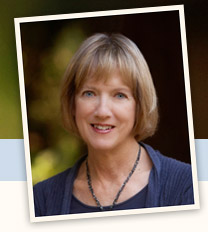The post-election punditry is laced with red and blue maps, showing voter preference by state and county. I’ve started to wonder why it is that the south is so consistently red and the coasts so consistently blue. What is it about where we live that is so predictive of political preferences?
This was confirmed for me at a recent family wedding. My siblings and I are divided roughly 50-50 between Democrat and Republican (which, by the way, doesn’t necessarily lead to cordial chatter over cocktails a month before a presidential election). The family is spread out all over the country now and, while our political parties of choice aren’t perfectly aligned with where we live, the correlation is pretty high. And yet we were raised in the same house with the same values, all well-educated professionals with similar economic self-interests, and roots in Arkansas
It’s easy to see how someone who is very poor or a recent immigrant or gay might choose one political party over the other. There are some real differences in the impact of party platforms on these groups. But geographic voting patterns are a little harder to explain. There are poor people and rich people in both Arkansas and California
There’s no question but that we are influenced by the values and preferences of our friends and neighbors. And there are some historic reasons for certain regions of the country to have become dominated by one political party or the other.
Democrats like to watch MSNBC and Republicans like to watch Fox because we want to hear from people who affirm what we already believe. It’s disturbing to listen to the other side’s point of view. Nobody wants to second guess their own beliefs.
They say more of us are in the middle than at the extremes, and I believe that’s true even though you wouldn’t think so based on what we hear in the news. If we had four or five active political parties, the way they do in Europe , I think we would be less likely to fall into these polarized camps.
Let’s hope our elected representatives can leave behind their red or blue identifiers in the weeks ahead and find a rational compromise that will avoid the “fiscal cliff” and give the economy a boost.


No comments:
Post a Comment